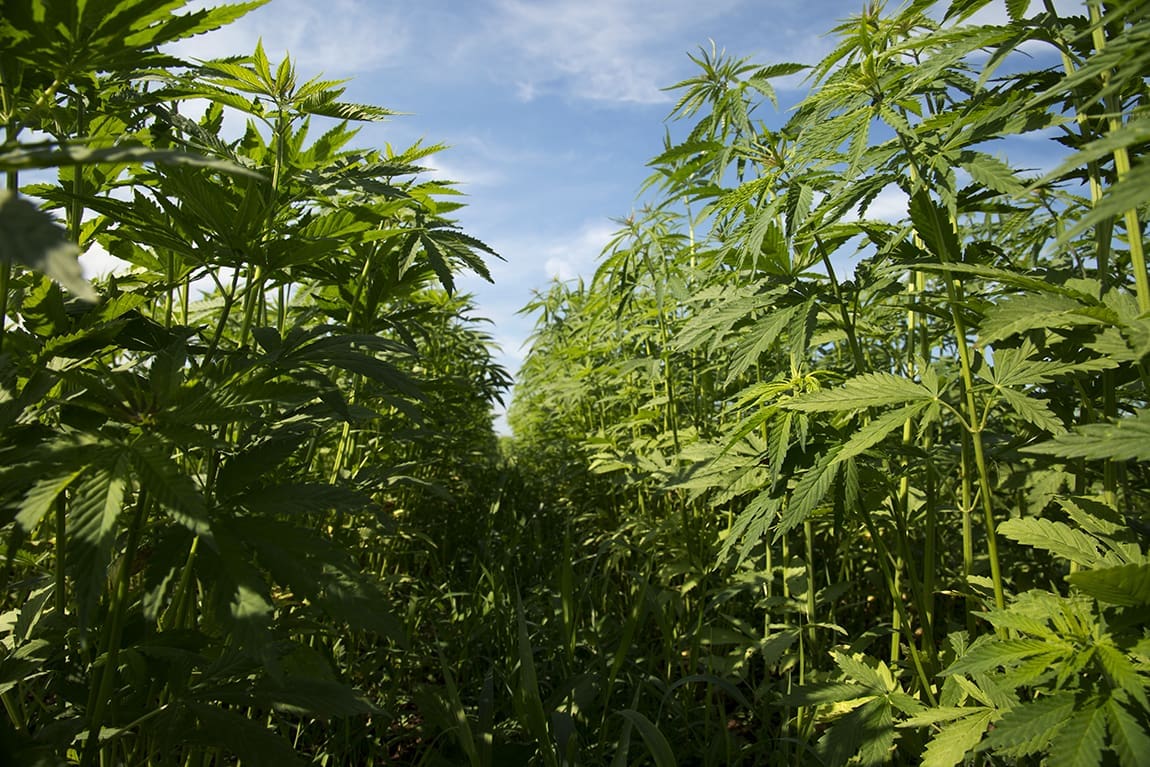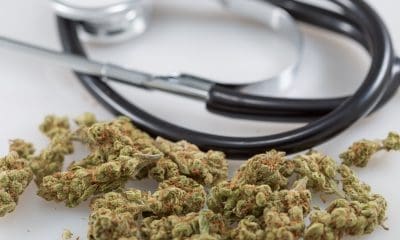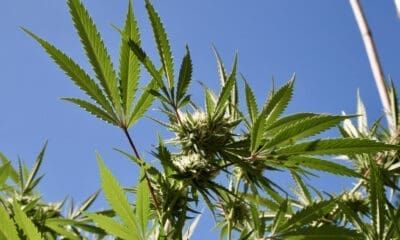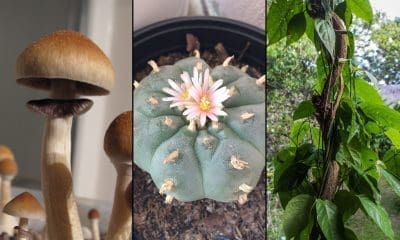Science & Health
New USDA Hemp ‘Roadmap’ Highlights Research Needs And Proposes Public-Private Consortium To Streamline Studies

The U.S. Department of Agriculture (USDA) has published a new “Hemp Research Needs Roadmap” and announced a $10 million investment in studies on the crop through Oregon State University. The department is also proposing to develop a public-private consortium focused on streamlining hemp research.
The 19-page hemp report, USDA said an a press release, “reflects stakeholder input in identifying the hemp industry’s greatest research needs,” which it divides into four areas: Breeding and Genetics, Best Practices for Production, Biomanufacturing for End Uses and Transparency and Consistency.
“These priority research areas cut across the entire hemp supply chain and are vital to bolstering hemp industry research,” the release says.
USDA said it is important to apply knowledge attained from the country’s broader agricultural economy to the hemp plant.
“To create an environment for sustained investment and growth, technological knowledge that has been the basis of U.S. agriculture’s success, developed from global advancements, and discovered from other fields of research must be transferred to all aspects of hemp industry so products can be produced at scale and delivered to consumers around the world,” the report says. “Research can identify new applications and innovations for hemp production and facilitate the development of successful hemp industry sectors.”
USDA announced the report and new research funding on Friday—what the department said was the country’s second National Biobased Products Day, “a celebration to raise public awareness of biobased products, their benefits and their contributions to the U.S. economy and rural communities.”
The efforts, along with a broader report on biobased products more generally, are intended to “advance U.S. global competitiveness” in biotechnology and biomanufacturing as laid out in a 2022 executive order from President Joe Biden.
While much of the document is a survey of research goals around hemp, it also includes a proposal to develop a public-private “hemp consortium,” saying that collaboration is “critical to ensuring value along the entire hemp supply chain.”
“To encourage positive interactions and cooperation, a public-private hemp consortium should be pursued to advance opportunities and tackle challenges in each Needs Area,” USDA said. “The goal of a hemp consortium would be to facilitate a concerted effort to enhance relationships, streamline research endeavors, improve risk management, and pool resources when applicable.”
The roadmap is the result of a 2022 National Hemp Industry Research Needs Workshop, co-organized by USDA and the Oregon State University’s Global Hemp Innovation Center. That event focused around six topics: plant breeding and genetics, sustainable agricultural production, harvest and materials processing, product manufacturing and supply chains, economics and markets, and testing and compliance, which overlap with the report’s four needs areas.
In examples of how stakeholders might use the new report, USDA said it could help breeders with seed selection, growers with forecasting crop value, buyers with how to define quality and testing requirements, marketers with product development and consumers with building “demand for high-quality labeling, testing standards, and high-grower-value products.”
As for the $10 million in funding for OSU’s hemp center, a USDA description explains that the money will fund research into how materials and products made from hemp “can be an economic development driver for Northwestern Native American Tribes.”
“Thirteen tribes within the geopolitical boundaries of California, Idaho, Montana, Nevada, Oregon, and Washington have expressed interest in investing in hemp production, biobased manufacturing, and utilization on their reservations,” the document says, noting that the tribes have agreed to form an Intertribal Business Consortium to partner with rural businesses, technology providers, universities and colleges, federal research centers and others.
“Through this project, we desire to restore and provide restitution to Native American nations upon which the sacrifice and contribution of their lands and culture made possible the establishment of the Land Grant University system,” USDA said.
Amid state-level legalization of marijuana and the federal government’s legalization of low-THC hemp and its derivative products, interest in research around hemp industry and commerce has ballooned in recent years.
Last month new federally funded research into how to distinguish hemp and marijuana in order to assist crime labs identified two new methods for differentiating the two forms of cannabis.
U.S. Customs and Border Protection (CBP) also put out a solicitation in 2022, seeking portable marijuana analyzers to quickly identify cannabinoid profiles and help distinguish between marijuana and hemp.
And in 2019, the Drug Enforcement Administration (DEA) separately announced that it was seeking a device to “provide specificity to distinguish between hemp and marijuana” since the former crop was legalized.
USDA has also sent out thousands of surveys to hemp farmers, meant to understand how the industry is growing but also identify challenges in business and regulation. The department launched its first annual survey in 2021, and it updated the questionnaire last year before distributing it to farmers and releasing a report with findings that showed significant declines in the value and production of the crop in 2022.
The Food and Drug Administration, for its part, is considering a proposal to allow hemp seed meal as livestock for hens.
Meanwhile, USDA has been reportedly revoking hemp licenses for farmers who are simultaneously growing marijuana under state-approved programs, underscoring yet another policy conflict stemming from the ongoing federal prohibition of some forms of the cannabis plant.
Federal hemp rules could be further amended as part of the next iteration of large-scale agriculture legislation. The 2018 Farm Bill that legalized the crop was supposed to be updated last year, but it’s been extended through much of 2024.
Lawmakers and stakeholders are eyeing a number of proposals that could be incorporated, including measures to free up hemp businesses to legally market products like CBD as dietary supplements or in the food supply and to remove restrictions on participation in the industry by people with certain prior drug convictions.
For the time being, the hemp industry continues to face unique regulatory hurdles that businesses have blamed for the crop’s value plummeting in the short years since its legalization. Despite the economic conditions, however, a recent report found that the hemp market in 2022 was larger than all state marijuana markets, and it roughly equaled sales for craft beer nationally.
Meanwhile, internally at USDA, food safety workers have been encouraged to exercise caution and avoid cannabis products, including federally legal CBD, as the agency observes an “uptick” in positive THC tests amid “confusion” as more states enact legalization.
Photo courtesy of Brendan Cleak.
















